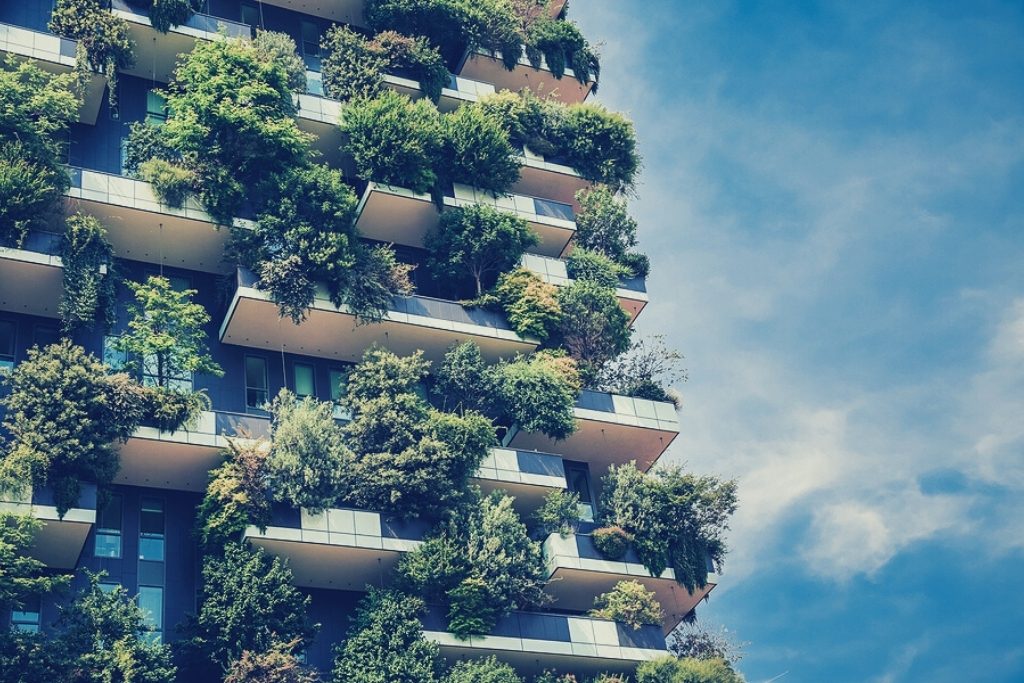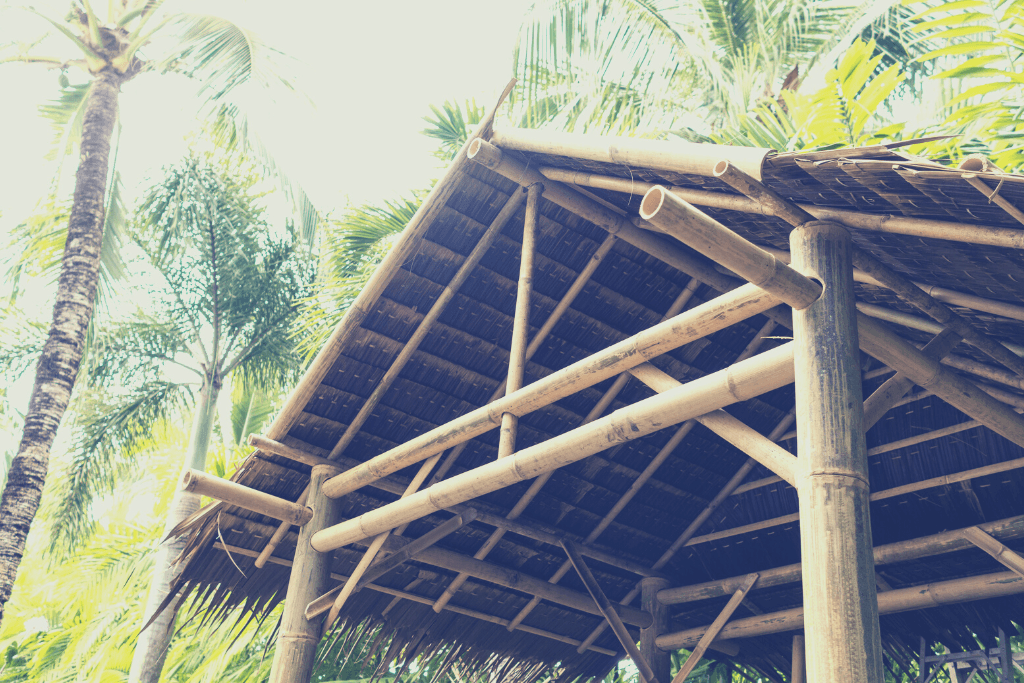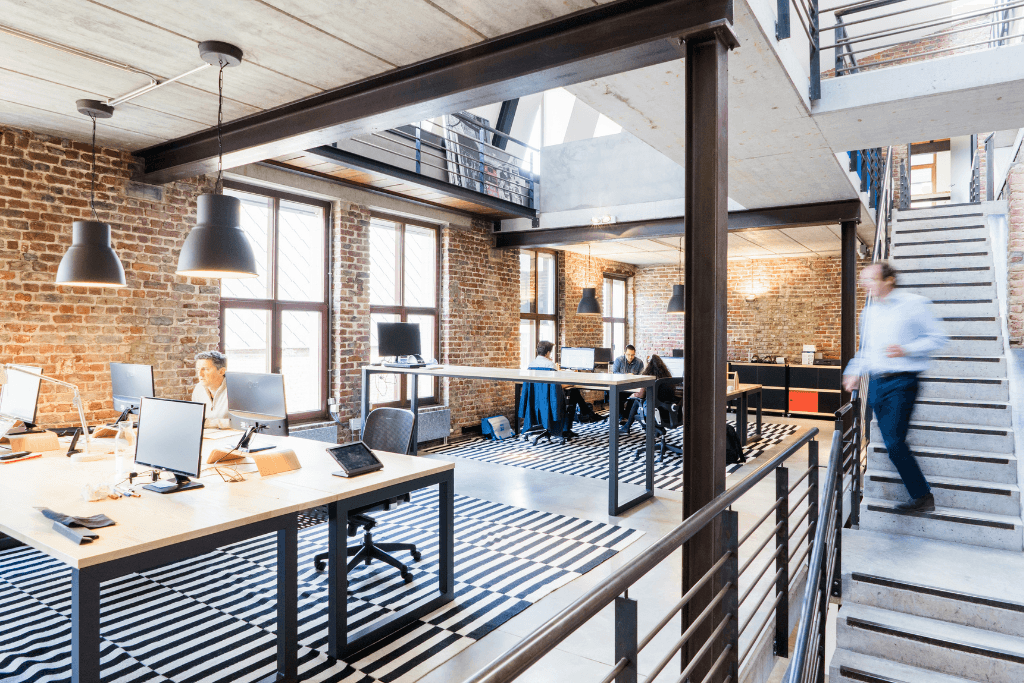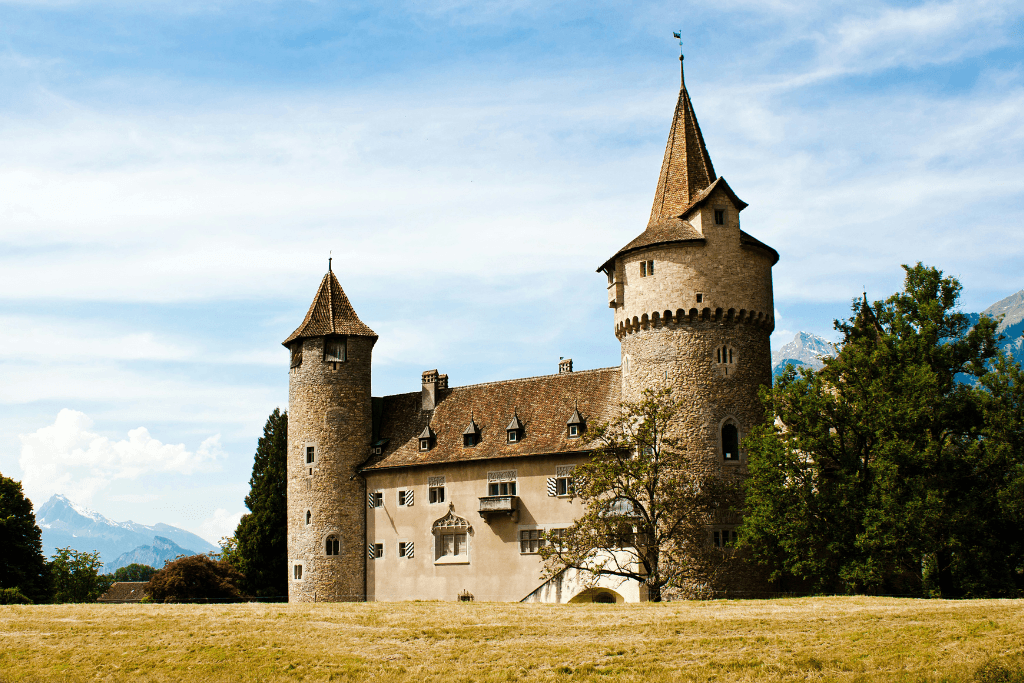Biodiversity is the variety of life on the Earth. Its spectrum might include anything from the number of species of plants, animals, microorganisms, and the gene pools in these species to the different ecosystems on the planet, such as deserts, rainforests, and coral reefs.
Declining biodiversity has been one of the greatest modern natural challenges. Preserving it is a priority area for the UN Sustainable Development Goals. It’s addressed in Goal 15, which aims to “protect, restore and promote sustainable use of terrestrial ecosystems, sustainably manage forests, combat desertification, and halt and reverse land degradation and halt biodiversity loss.”
Cities vs. Biodiversity: An Ancient Conundrum

While some of the biodiversity loss is a natural part of the evolution cycle, most of it is human-made. Ever since hunter-gatherer tribes settled down for farming activities and domesticated animals, the environment people relied on for their livelihoods has changed and suffered a more significant loss of biodiversity.
In the 21st century, for the first time in history, more people are living in cities than in rural areas, with 4.4 billion people residing in urban areas. Following this rapid urbanization and global population growth, there could be 2.5 billion more city dwellers by 2050. This translates to billions needing more houses, business centers, public facilities, infrastructure, and thus, more natural resources than ever.
Construction is among the most resource-intensive and environmentally taxing industries in the world. It accounts for 40 percent of the raw material flow into the global economy annually. But it also plays a fundamental role in sustainable development.
Biodiversity and Modern Construction: A New Way to Build
Given the impact of cities and construction on the environment, it’s not surprising that sustainable practices sensitive to biodiversity took the spotlight in urban planning and construction debates. By now, in most advanced and emerging economies, there are guidelines and regulations to create a balance between wildlife and the built human settlements.
There’s no doubt that the accelerating construction technologies also make it easier for the built environment to blend in with nature with minimal impact and smoothly. While BIM alone single-handedly transforms how constructions can thrive without causing a loss of biodiversity, other innovations in material science, biophilic design, and energy efficiency aid the process.
Nature is resilient, too. Even under the harshest urban environments, it keeps adapting. Research shows that most cities exhibit a complex biological gradient, and rare species may even be found in them.
It’s not just pigeons and stray animals that urban dwellers can spot. With the biodiversity-informed approaches to designing cities and the building technologies that allow them and the resilient nature of urban ecosystems, biodiversity and cities don’t have to be mutually exclusive concepts.







